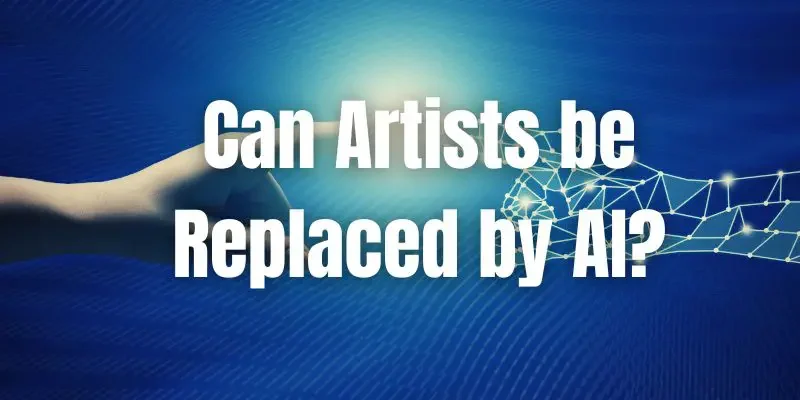Can AI Replace Human Artists?
Introduction
The future of Artificial Intelligence is a very popular topic nowadays. AI has made numerous advancements in recent years, but still raising the question of weather can AI replace human artists? AI tools are generating thousands of astonishing content and Images. Artificial intelligence (AI) has made significant strides in revolutionizing various fields. In healthcare and Medicine, AI assists in diagnosing diseases, analyzing medical images, and improving patient outcomes. In finance, AI algorithms power automated trading systems, risk assessment, and fraud detection. Also transportation, AI enables autonomous vehicles to navigate roads safely. In customer service, AI-powered chatbots handle inquiries efficiently. Anyone can use these tools to make there life easier Midjourney, Dell-E2, Chat GPT and AI chatbots are the most popular. In this article, we will explore the artistry capabilities of Artificial intelligence and discuss it’s potential to replace human artists.
Can AI create Art?
Yes, AI has remarkable abilities in various things, such as Image reorganization, natural language processing and even generating original content. Artificial intelligence has replaced many jobs in the recent years. The utilization of artificial intelligence (AI) of generational art and animation is rapidly growing. The outcome of this application is equally impressive and can be achieved within a significantly reduced timeframe. As a consequence, there is speculation that AI-generated art may potentially supersede human creativity in the near future.
AI-Generated Art: Aesthetic or Imitation?
‘I believe in human creative expression’
AI Art isn’t Original. The final outcome of AI-generated images cannot be deemed as authentic art. This is because genuine art is intended to communicate a message, evoke emotions, or depict a concept through self-imagining and creativity.
Contrarily, AI art emerges from the process of inputting numerous images of an object into a program, and subsequently instructing it to generate an image with a simple text description. An instance of this is the DALL-E art generator, which employs algorithms to produce the desired image. Nevertheless, even though this groundbreaking AI-generated imagery possesses visual appeal, we cannot classify it as authentic art.
The Role of Creativity in Human Art
Human creativity, an invisible quality that distinguishes humans from machines, naturally intertwines with artistry.. Creativity encompasses imagination, innovation, and the ability to think outside the box. It involves the combining of ideas, emotions, and personal experiences to create something entirely new. The human touch is a vital aspect of art that is challenging to replicate. It enclose the artist’s passion, personality, and individuality, which breathe life into their creations. Each brushstroke, stroke of a pen, or musical note holds a unique essence that reflects the artist’s intention and artistic vision.
Emotion and Intuition
Art has the power to evoke emotions, tell stories, and connect people on a deep level. Human artists infuse their work with their emotional experiences, allowing viewers to resonate with the art on a personal and empathetic level. Intuition, a deeply human characteristic, guides artists in making creative choices that go beyond mere technicality.
Can AI Replace Human Artists?
The short answer is No. AI can assist artists by providing tools, enhancing their creative process, or even inspiring new ideas, it is unlikely to replace them entirely. The human element in art, the ability to think critically, make subjective decisions, and bring a unique perspective to the world, is something that AI cannot replicate.
AI art generators will not displace human art. Instead, they will complement human artists’ work by facilitating the creation of high-quality pieces in a shorter timeframe. AI cannot usurp the essential element of making critical creative decisions, although it may delegate certain aspects of the creative process. For instance, teaching an AI machine to create art that aligns with diverse real-world circumstances is impossible since this capability solely belongs to human perception and action.
Conclusion
While AI has made remarkable advancements in generating art, it falls short in replicating the depth, emotional resonance, and unique creativity that human artists bring to their work. AI serves as a powerful tool that can augment and inspire human artists, pushing the boundaries of their creativity and opening new avenues of exploration. The future lies in the collaboration between humans and AI, where the strengths of each can be harnessed to create truly exceptional art. Artificial Intelligence technologies have change the Global World Today!

